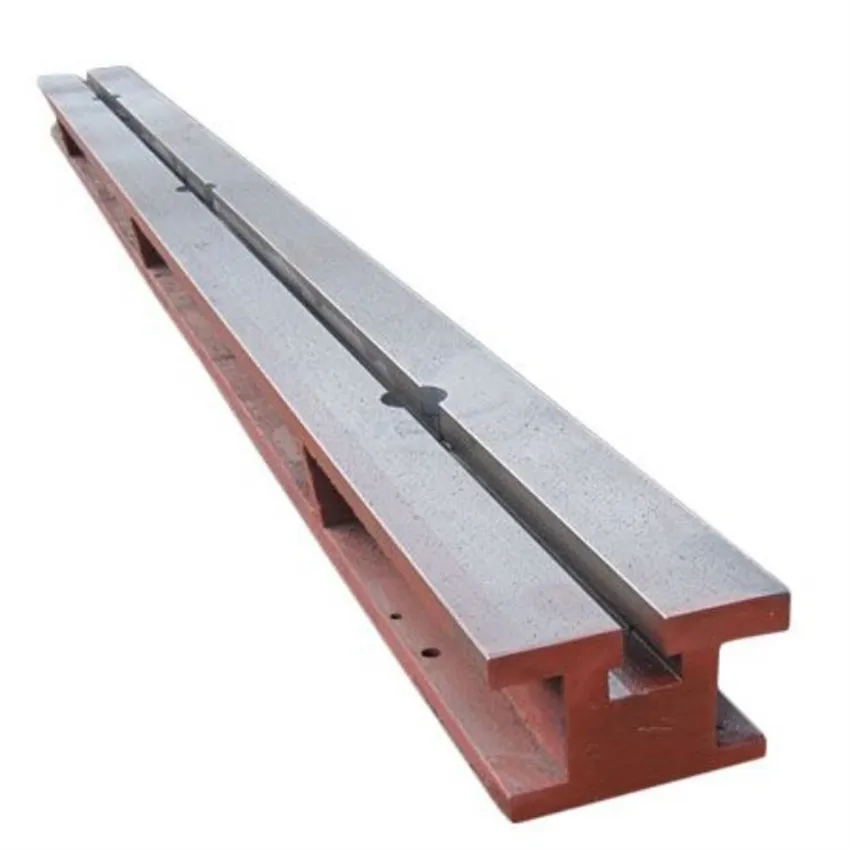ഒക്ട് . 09, 2024 16:56 Back to list
industrial vibration pads
Understanding Industrial Vibration Pads Importance and Benefits
Industrial vibration pads, often referred to as vibration isolators or dampers, are essential components in the modern industrial environment. They are designed to mitigate vibrations produced by machinery and equipment, protecting both the equipment and the facility. This article will explore the importance of industrial vibration pads, their various types, applications, and the benefits they offer to industries.
What Are Industrial Vibration Pads?
Industrial vibration pads are specialized materials or products designed to absorb, dampen, or isolate vibrations generated by machinery. These vibrations can be caused by various factors such as rotating machinery, compressors, generators, and even outdoor factors like traffic and nearby construction activities. The pads are typically made from materials such as rubber, neoprene, or polyurethane, each offering different levels of durability and performance under varying conditions.
Importance of Vibration Isolation
The importance of vibration isolation cannot be overstated. Excessive vibrations can lead to several issues, including increased wear and tear on machinery, reduced efficiency, and potential safety hazards for employees. Over time, these vibrations can result in structural damage to buildings, leading to costly repairs and downtime. By installing vibration pads, industries can effectively minimize these risks, enhancing both productivity and safety.
Types of Vibration Pads
There are several types of industrial vibration pads available, each suited for specific applications
1. Rubber Pads These are the most common type of vibration isolators. They offer good shock absorption and are often used under machinery that generates moderate levels of vibration. Rubber pads are versatile and can be used in various environments.
2. Neoprene Pads Neoprene vibration pads provide a higher resistance to oils and chemicals, making them suitable for environments with exposure to various substances. They also offer good vibration damping properties and are typically used in applications where moisture is a concern.
3. Polyurethane Pads These pads are known for their excellent durability and resilience under heavy loads. They are often used in heavy industrial applications where high levels of vibration and weight are factors.
4. Spring Isolators While not pads in the traditional sense, spring isolators provide significant vibration isolation by utilizing springs to support machinery. They are particularly effective for very low-frequency vibrations and are often used in HVAC systems and large manufacturing equipment.
Applications in Various Industries
Industrial vibration pads find applications across a range of sectors, including
industrial vibration pads

- Manufacturing In manufacturing plants, heavy machinery operations can generate significant vibrations. Vibration pads help protect not only the machinery but also the structural integrity of the building.
- HVAC Systems In heating, ventilation, and air conditioning systems, vibration pads are employed to reduce the noise and vibrations transferred through the building’s structure
.- Marine and Aerospace In these industries, vibration control is critical due to the potential impact on performance and safety. Vibration pads are utilized to ensure that sensitive equipment operates smoothly and reliably.
- Automotive Vibration pads are used in automotive manufacturing to protect assembly lines from vibrations that could affect the quality of vehicle production.
Benefits of Utilizing Vibration Pads
The benefits of using industrial vibration pads are numerous
1. Extended Equipment Life By absorbing shocks and vibrations, these pads reduce wear and tear on machinery, leading to lower maintenance costs and extended equipment lifespan.
2. Enhanced Productivity With reduced vibrations, machinery operates more smoothly, allowing for increased production rates and improved efficiency.
3. Improved Safety Minimizing vibrations not only protects equipment but also contributes to a safer work environment for employees, reducing the risk of accidents and injuries.
4. Noise Reduction Vibration pads can help decrease the noise generated by machinery, creating a more pleasant working environment.
5. Cost-Effective Solution The initial investment in vibration pads can lead to significant savings in maintenance and repair costs over time, making them a cost-effective addition to any industrial setup.
Conclusion
In conclusion, industrial vibration pads are a vital component of modern industrial operations. Their ability to isolate vibrations protects equipment, enhances productivity, and contributes to a safer workplace. With various types available to suit specific applications, the adoption of vibration pads in industrial settings is a practical measure that pays dividends in performance and cost savings. As industries continue to evolve, the role of vibration isolation will remain crucial in ensuring operational efficiency and equipment longevity.
-
thread-plug-gauge-our-promise-of-measurement-excellenceNewsAug.22,2025
-
gauge-pin-class-reflecting-quality-legacyNewsAug.22,2025
-
check-valve-types-for-high-rise-buildingsNewsAug.22,2025
-
water-control-valve-for-irrigation-systemsNewsAug.22,2025
-
gate-valve-with-soft-seal-technologyNewsAug.22,2025
-
y-type-strainer-for-oil-and-gas-applicationsNewsAug.22,2025
Related PRODUCTS









